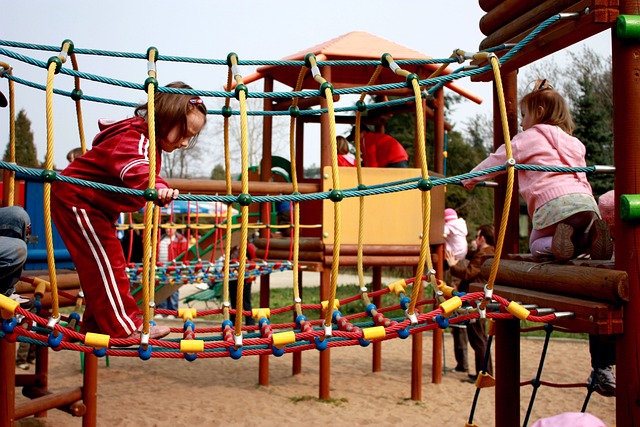It’s something that, as parents, we don’t necessarily want to deal with, but the reality is that risk is a part of life. As a result, we need to make sure that our children all know what it takes to assess risk in all its forms. What are the things that we can do for our children to make sure that they address risk in the right ways?

Look at Your Insecurities
The first obstacle to risk is actually yourself. We can look at risk in terms of the environment, but we can also look at if our child is trustworthy, and both of these have a major part to play. The sheer volume of slip and fall accident lawyers around would indicate that there are always external forces at play, but you must remember that you, as a parent, have a variety of insecurities as well. We need to trust our children to assess risks, but we also need to make sure we’re not smothering them to the point that they think everything is a risk.
Converse, Don’t Instruct!
It is easier to tell our children to do or not do something. But this doesn’t give our children any sense of autonomy. We need to introduce risk gradually, but we have to start by conversing with our children and offering them strategies to help them in specific environments. Rather than telling children what to do, it’s important to advise them what they should be doing, but also give them the consequences. For example, telling them that they need to hold a knife by the handle because the knife is sharp and if it cuts, they could bleed.
Give Your Children Freedom
Rather than hovering over like a helicopter parent, reducing risk gradually is about that level of autonomy that ensures if something goes wrong you can step in, but they are far enough away from you that they feel independent. Something as simple as letting your child walk a few paces in front of you is the perfect opportunity for you to sever that invisible rope between you and your child, but it means that you can step in if they make a poor judgment. We have to remember that giving them freedom also means having the freedom to make mistakes, albeit in a carefully controlled environment.
Assume Your Child Can Do It!
As parents, we can be fearful of so many things, but we have to stay away from any form of stereotype, for example, thinking that boys are more likely to take risks. These internal biases are incredibly important to understand because if we slowly become aware that we have biases based on our child’s gender, this means that we may assume our children are not able to do certain things. It is important that we make the assumption that our child can do something, regardless of gender or attitude. When we assume that our children are more competent, this will give them that extra dose of freedom to make better assumptions.
Assessing risk is a very tough thing to get right, but it’s not just about their attitudes, it’s about yours as well, and ensuring that you do, over time, trust their abilities.
















Add Your Comment